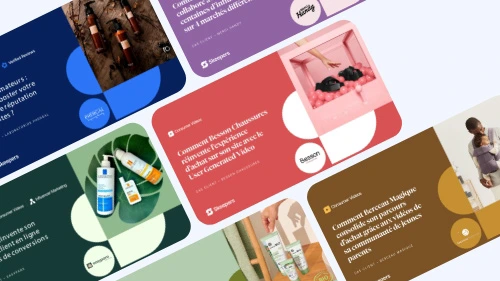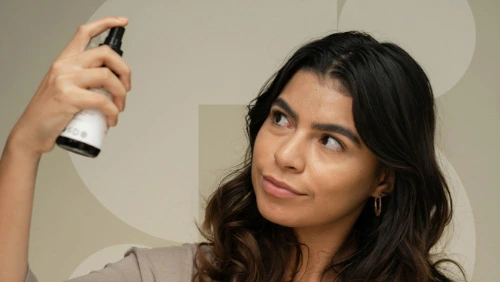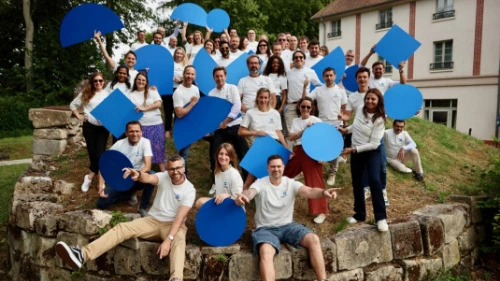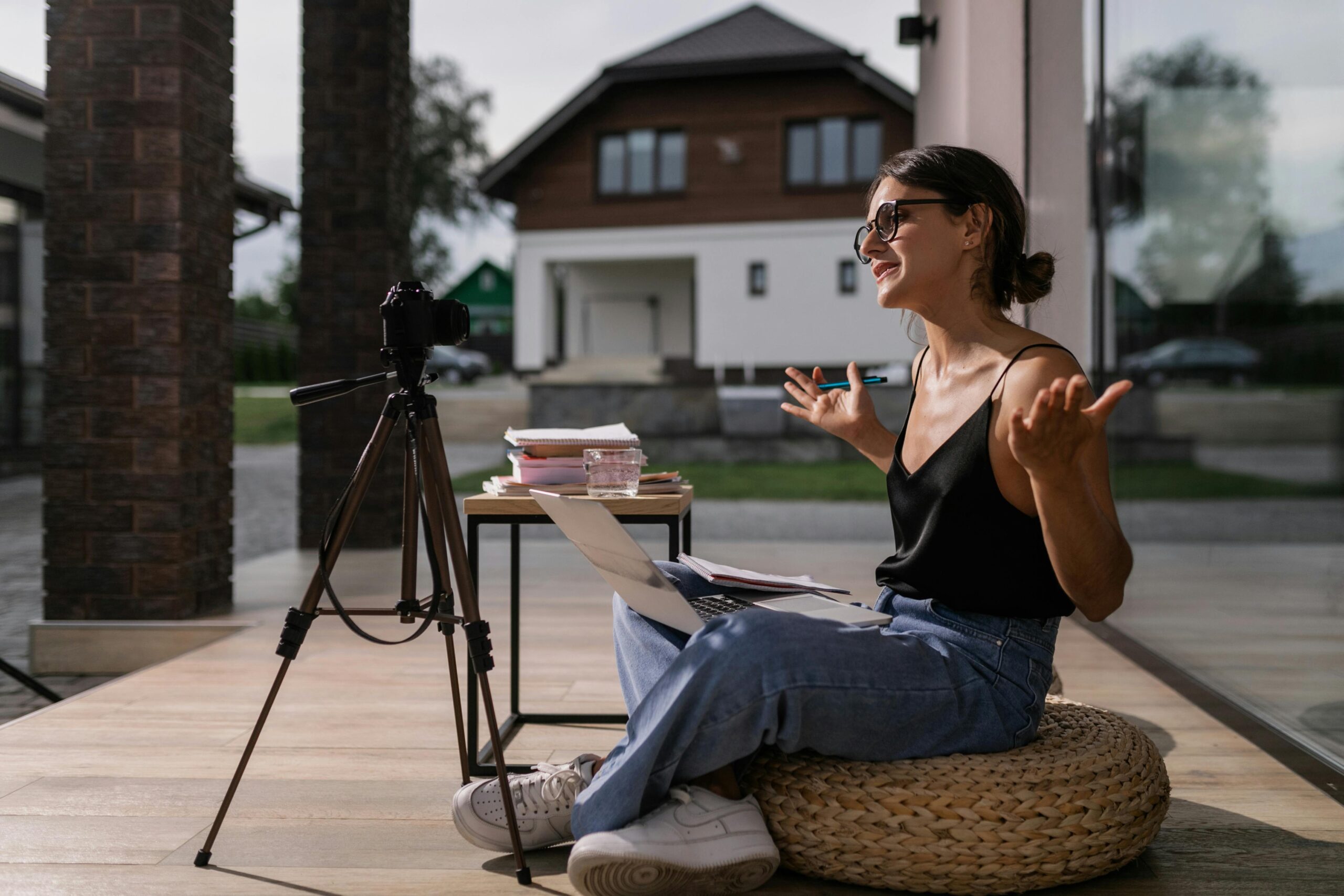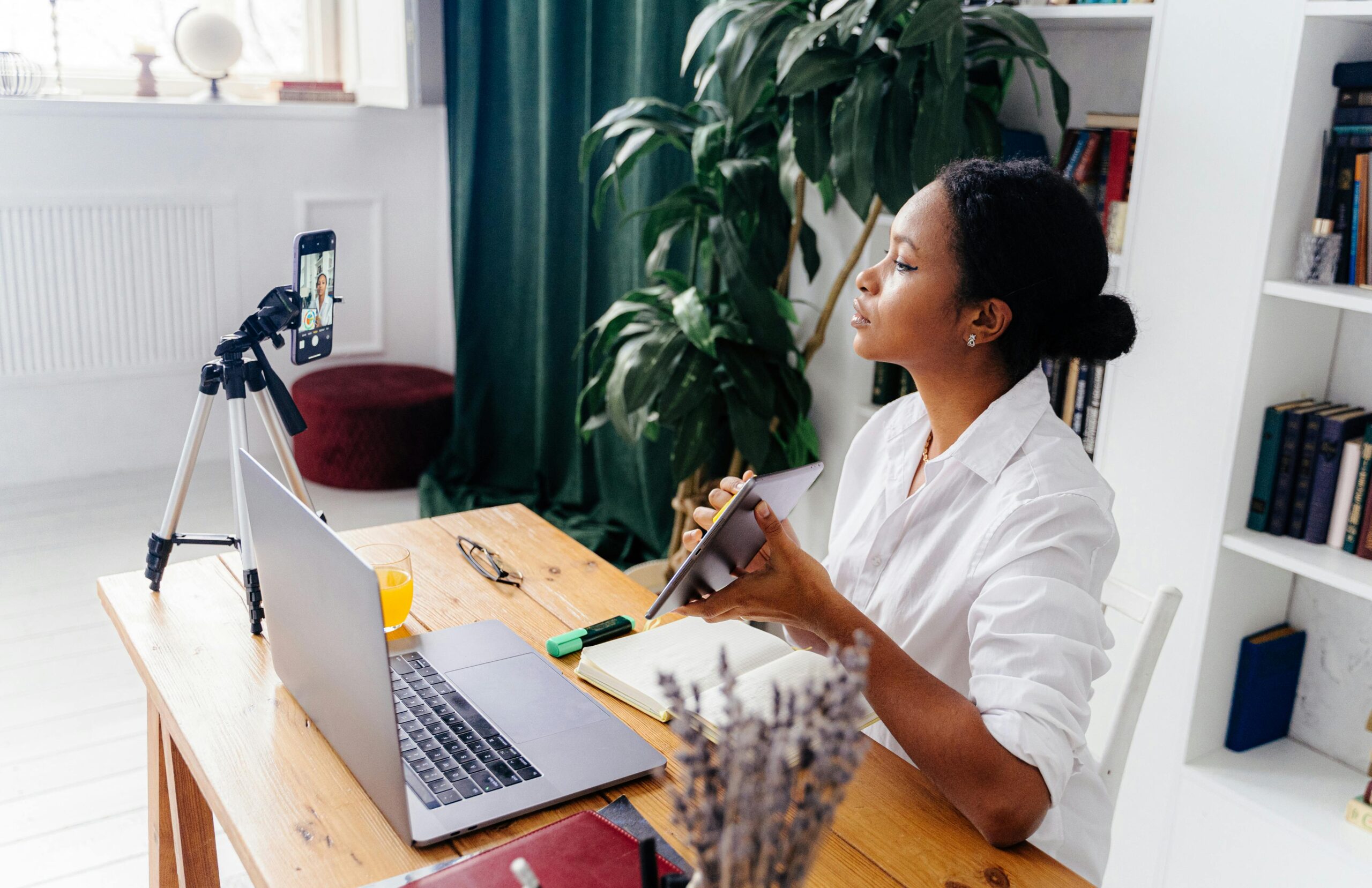To Remember
- Instagram is now part of the SEO ecosystem.
With public posts from professional accounts appearing in Google search results, Instagram content is no longer just social. It’s searchable. Brands must start treating it like a discoverability channel, not just an engagement tool. - Influencer and UGC content can now drive organic reach.
Creator collaborations and user-generated posts have the potential to rank in SERPs. When optimized with keywords, alt text, and strategic captions, this content becomes long-term SEO fuel. - Early adopters will see outsized returns.
Visually stunning content is still important but structure, intent, and keyword strategy are now just as critical. The brands that act early, align teams, and educate their creators will lead the next phase of content visibility.
Social Search Just Got a Major Upgrade
As of July 10, 2025, Instagram is officially stepping into the world of search. Public posts from professional accounts, including reels, carousels, and photos will now be eligible to appear in Google search results.
This is more than a technical tweak. It’s a clear signal that social content is becoming part of the broader SEO ecosystem. For brands, it means Instagram posts are no longer limited to the feed or Explore page. They will now show up in search and drive organic visibility.
This update marks a shift toward search-optimized social content. It’s time to rethink your instagram strategy.
Why Is Instagram Doing This?

Instagram’s latest update is a response to a much bigger shift in how people search, discover, and consume content online.
Today’s audiences, especially Gen Z and Gen Alpha are using social platforms as search engines. Whether it’s finding outfit ideas on Instagram, restaurant reviews on YouTube, or skincare routines on TikTok, social search is now mainstream behavior.
At the same time, Google’s search experience is evolving rapidly. With the rise of Zero Click Searches, AI Overviews, and a growing demand for visual-first results, users are getting their answers directly on the search page often without clicking through traditional websites.
Instagram’s move to make public content from professional accounts indexable by Google is a direct response to this situation. It allows the platform to extend its reach beyond the app and become part of users’ everyday search journeys.
Instead of being confined to a scrolling moment on the feed, Instagram content when optimized can now serve as a legitimate piece of a brand’s SEO strategy.
For marketers, this means Instagram is no longer just a place to be seen, it’s a place to be found.
What This Means for Brands and Marketers
This update repositions Instagram content as a powerful discoverability asset.
For years, organic reach on Instagram was mostly limited to your followers, hashtags, and the Explore page. Now, that reach can extend to Google Search, giving your content a second life far beyond the app.
Think of every Instagram post whether it’s a product demo Reel, a UGC carousel, or a behind-the-scenes photo as a potential touchpoint in your search funnel. When optimized correctly, your content can show up for real-world queries like:
- “best skincare routine for dry skin”
- “XYZ brand review”
- “summer outfit ideas 2025”
This opens the door to:
- Increased brand visibility among users who aren’t yet following you
- Organic search traffic from high-intent queries
- Greater content ROI, as each post can contribute to both awareness and conversion intent
Instagram is now about building a search presence. For marketers, this means rethinking content as part of a broader SEO strategy.
Collaborate with Influencers
and increase your visibility, engage your audience, and boost sales
Think Beyond the Feed: Influencer Content as SEO Fuel
With Instagram posts now eligible to appear in Google search results, influencer content is SEO fuel.
When creators publish public posts featuring your brand, product, or campaign, those posts can now surface in search results. That means every influencer collaboration has the potential to become a searchable asset, not just a fleeting social moment.
This changes the way brands should approach influencer marketing.
Here’s how to future-proof your strategy:
- Secure usage rights: Make sure you can reuse top-performing influencer posts beyond social. If they’re ranking in Google, that content is driving long-term value.
- Include Instagram SEO guidelines in briefs: Encourage creators to use searchable product names, relevant long-tail keywords, and brand mentions naturally in captions.
- Encourage Video Subtitles: Ask creators to add on-screen subtitles to video posts with relevant keywords in order to make the post searchable on Google.
- Collaborate on alt text and hashtags: These small additions help optimize discoverability and improve accessibility especially when shared in Reels and carousels.
- Treat creator posts like mini landing pages: With the right structure, they can influence consideration and drive traffic from organic search.
There’s more to this.
Influencer content tends to feel more authentic, and when it shows up in search results, it builds credibility and trust. It pushes competitors further down the page and fills SERPs with real, relatable endorsements of your brand.
This is a smarter way to turn UGC into long-tail performance content. And it’s one of the clearest signs yet that social and SEO are no longer separate strategies. They’re converging and creators are leading the way.
Action Plan: What Brands Should Do Right Now
The update from Meta signals a shift. But it’s up to brands to act on it. Here’s how to get ahead and make your Instagram content search-ready:
Audit your current Instagram content
Review past posts through a search lens. Are captions rich in relevant keywords? Are your posts set to public? Are you using alt text? Start identifying what’s optimized for discovery and what isn’t.
Train your social and influencer teams on Instagram SEO basics
Whether it’s your in-house team or the creators you work with, everyone should understand how SEO and content structure affect discoverability. Teach them how to naturally integrate search-friendly phrases, product names, and intent-driven language into posts.
Align briefs across teams
Campaign briefs should now unite content, SEO, influencer, and social teams. Make sure your influencer partners understand:
- What keywords or themes to include
- How to tag the brand and product
- What type of content performs well in search
Include guidance on alt text, keyword placement, and post structure. This ensures influencer content contributes to organic visibility, not just brand awareness.
Revisit your UGC strategy
UGC has always been a social proof powerhouse. Now it can be a search engine asset. Secure usage rights to top-performing UGC, optimize captions for search, and publish from your brand’s account or through whitelisting giving it a second life in the SERPs.
Monitor how your branded content performs in Google
Use branded queries to check if your Instagram posts, influencer collaborations, and tagged content are appearing in search results. Track what types of content rank and use those insights to refine future posts.
Plan for Zero Click visibility
Not all users will click through to your site and that’s okay. Make sure your Instagram content delivers value on its own: product details, how-tos, visual storytelling, and educational micro-content that satisfies the search intent right in the SERP.
This isn’t just about tweaking a few captions. It’s about building a system where your social content performs on and off the platform.
Conclusion
Search and Social Are No Longer Separate
This Instagram update is a sign of where digital strategy is heading. Social content is no longer confined to a scroll. It’s now part of the web’s searchable ecosystem.
Instagram is becoming a key player in how people find products, research brands, and discover creators outside the app, in real-world moments of intent.
Brands that embrace this shift by combining creativity and strategic optimization will shape how their audiences find and engage with them long into the future.
FAQs
Will all Instagram posts show up on Google now?
Only public posts from professional accounts (Business or Creator profiles) will be eligible to appear in search results. Private accounts and personal profiles won’t be indexed. Also, indexing may take time so not every post will show up immediately.
What kind of content has the best chance of ranking?
Posts that are public, keyword-rich, and well-structured are more likely to rank. This includes Reels, carousels, and photos with clear captions, relevant hashtags, brand mentions, and alt text. Think of them as mini landing pages that are clear, descriptive, and aligned with search intent.
Should we update our influencer briefs?
Yes. This update makes SEO a core part of Instagram strategy. Make sure your briefs include guidance on using searchable product names, long-tail keywords, and alt text. Encourage creators to write captions with context and clarity, not just aesthetics.





